Survival is a serious business in the animal kingdom. Sometimes, these animals have to play dirty and trick other beings through some good old mimicry to get by!
Nature loves to brag about its superstars, those strong, fast, and massive creatures that set world records — but today, it's time to shed light on its sneakiest, low-profile group of beings: the mimics!
Animal mimicry is an evolutionary talent that some animals possess, where they can imitate other beings’ appearances, sounds, smells, or behaviours. This clever tactic is often used to deceive others and ensure their own protection and survival!
While others rely on brute force or lightning-fast speed, these mimics use their trickery to outsmart their foes and stay one step ahead!
The Different Types of Animal Mimicry
There are different types of animal mimicry:
Batesian mimicry is when a harmless animal pretends to be a more dangerous one to avoid being eaten. For example, some flies look like bees or wasps but don’t have stingers. They just hope that predators will think they do and leave them alone.
Müllerian mimicry is when two or more harmful or distasteful animals look alike to reinforce their warning signals.
Aggressive mimicry is when a predator mimics a harmless animal to lure or catch its prey — the opposite of a Batesian mimic.
Automimicry comes to the rescue for certain species that mimic members of their own group. This is evident in defenceless male bees, who mimic the appearance of their female counterparts, using this likeness to evade predators.
7 Animals That Use Mimicry to Survive
So, let's give a shout-out to nature's impressionists who prove that sometimes, it's not the biggest or fastest that win, but the most deceptive and manipulative:
1. Viceroy Butterfly

The harmless viceroy butterfly deters its predators by looking exactly like its more dangerous and poisonous relative — the monarch butterfly, which is toxic and dangerous to consume. The difference is that the viceroy has a horizontal black line across its bottom pair of wings while the monarch doesn’t.
The viceroy can make a tasty treat for many insect-feeding birds and animals, but thanks to its resemblance to the monarch, most animals avoid approaching it — a classic Batesian mimicry!
2. Alligator Snapping Turtle
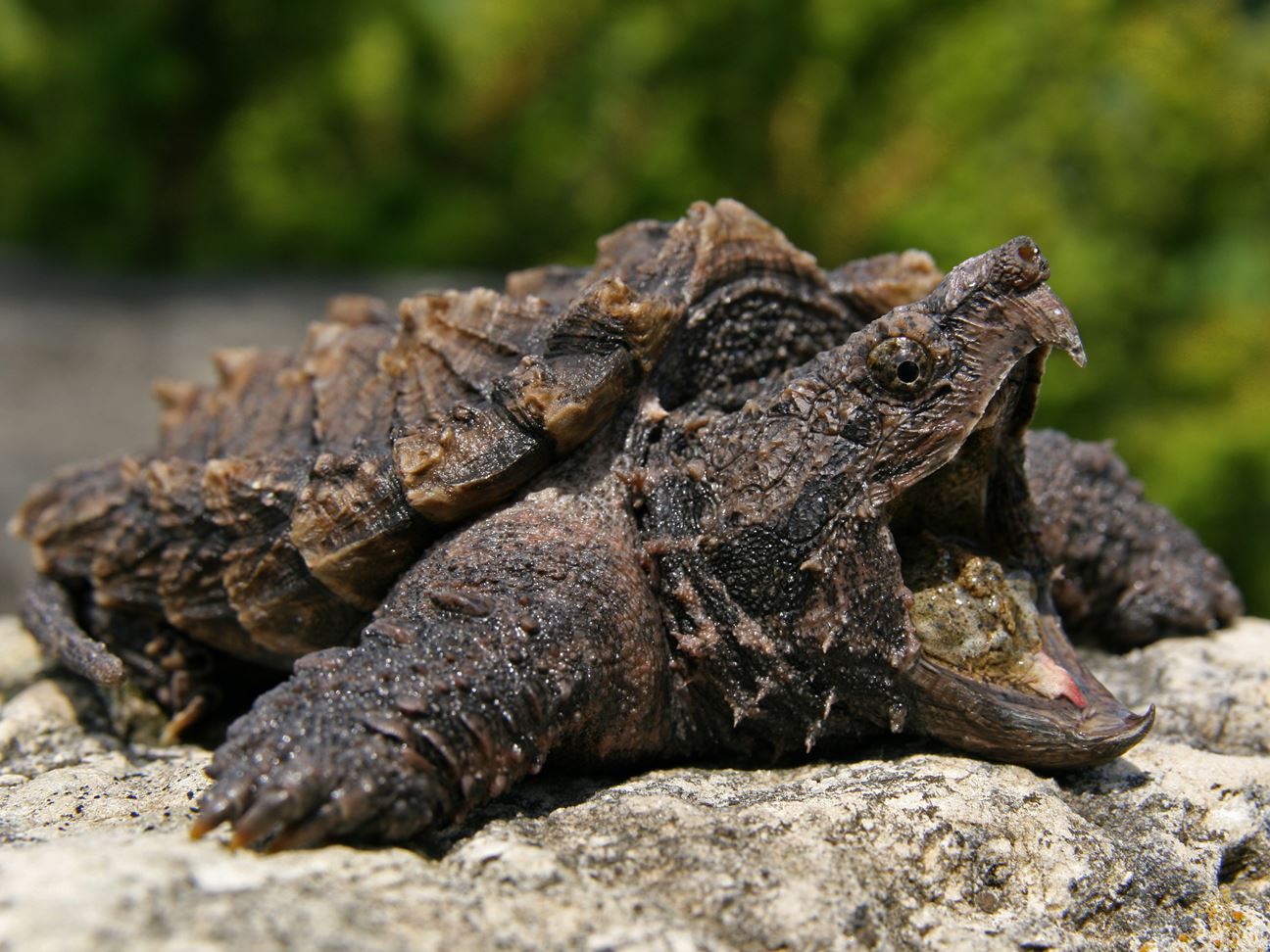
The alligator snapping turtle is one of the heaviest turtles in the world, weighing up to 80 kg. It also has a powerful bite force that can crush bones and shells, but its true talents lie in the art of disguise!
The alligator snapping turtle is an aggressive mimic, with a hunting accessory that allows it to easily trap fish. The lure is its tongue, which imitates the appearance of a worm.
Like bait on a hook, it invites fish nearby to come and take a bite, and then swiftly snaps its jaws shut around the prey once they’re near enough. With that, dinner is served!
3. Eyed Hawkmoth Caterpillar

The eyed hawkmoth caterpillar has a clever mimic up its sleeve. It has two big fake eye markings on its body that make it look like a snake or lizard. When feeling threatened, it retracts its real head and shows off its bigger fake one, driving potential predators away with its snake-like features.
It’s like saying, “Hey, don’t mess with me, I’m a big bad reptile!” But really, it’s just a cute little caterpillar!
4. Cuckoos
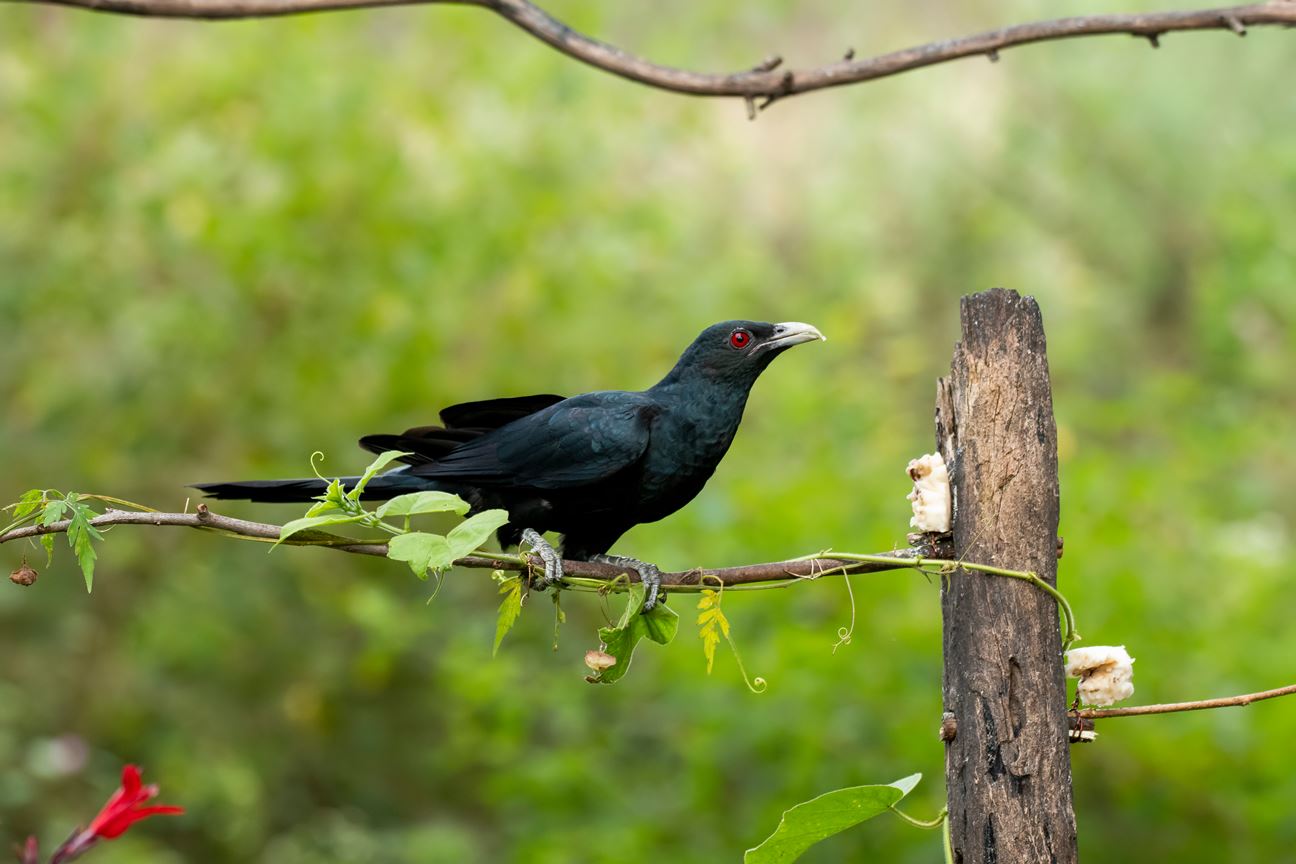
Rather than raising their own babies, cuckoos use mimicry to defer the responsibility to another bird. Their use of mimicry is very interesting, as they go to separate lengths to imitate their target animal’s biochemistry itself! Not only do they drop off their eggs in another host’s nest, but they also disguise them in the same colours and patterns as the host’s!
So, are these birds top-notch manipulators or just the ultimate freeloaders?
5. Death’s-Head Hawk Moth
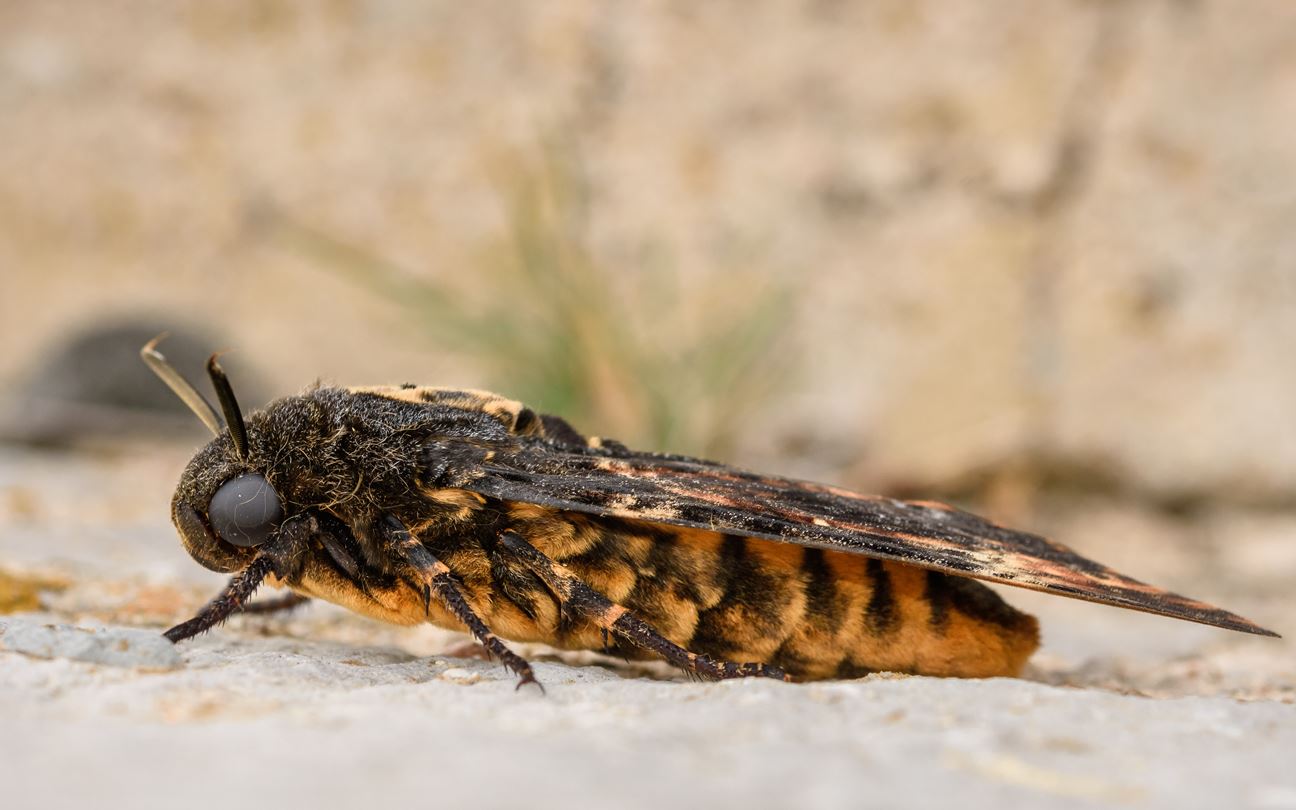
The Death's-Head Hawkmoth already has quite a rebellious reputation thanks to the spooky skull-like mark on its chest. Back in the day, this moth was considered the '"device of evil spirits", as written by bug expert Moses Harris in 1840.
However, being a goth moth is not its only questionable trait — the insect is also a honey-thief!
Thanks to its biological ability to mimic the chemical smell of honeybees, this moth can break and enter into a beehive without being noticed. It can also make a squeaking noise that sounds like the queen bee in case it needs to reassure the bee residents — an unbreakable act of deception!
6. Spider-Tailed Horned Viper
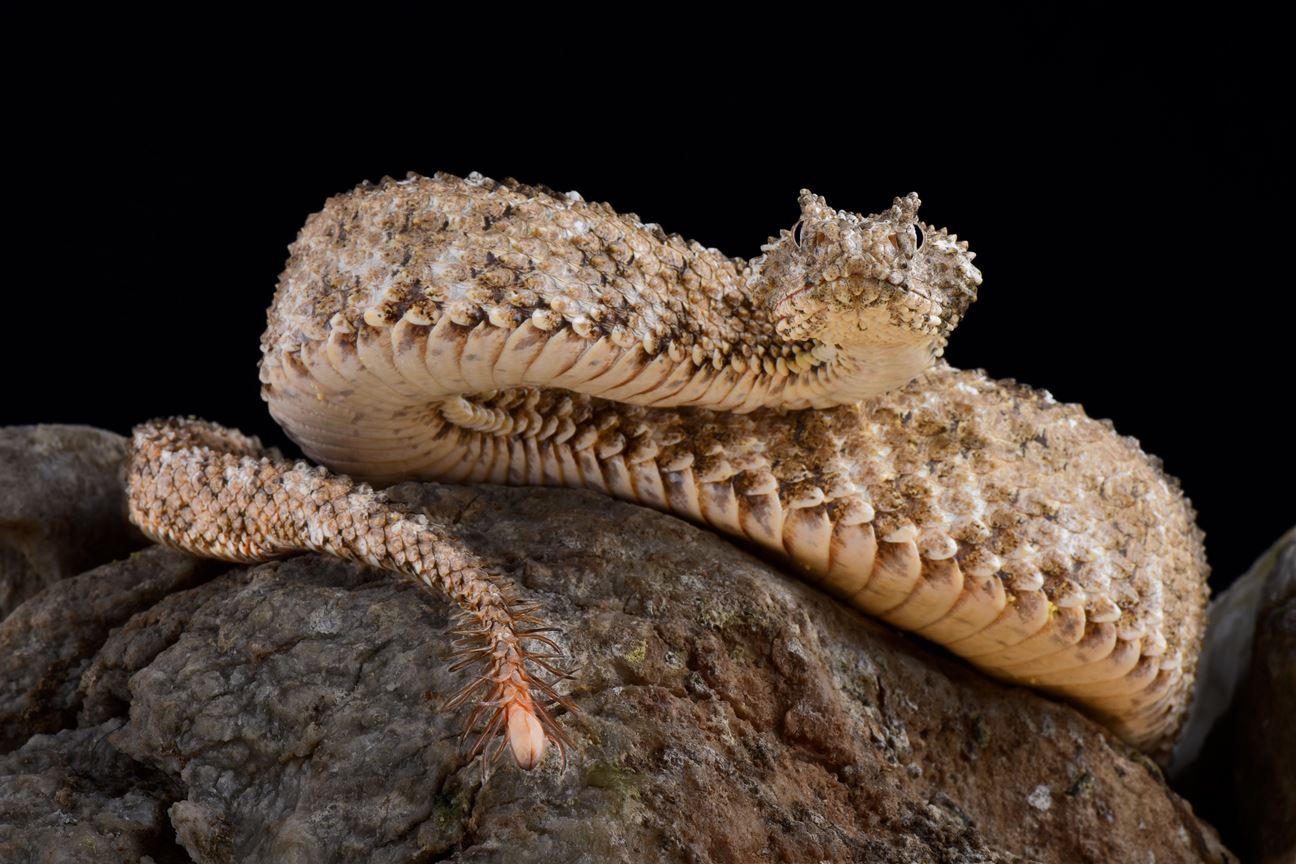
The Spider-tailed Horned Viper is a cunning predator that uses mimicry to trap its prey. As suggested by its name, the viper’s tail has a round tip with long bits that resemble spider-legs. When a prey (usually a bird) is nearby, it draws them closer by hiding its head and imitating the movement of a spider with its tail, offering the illusion of a tempting meal!
7. Spicebush Snowtail Caterpillar
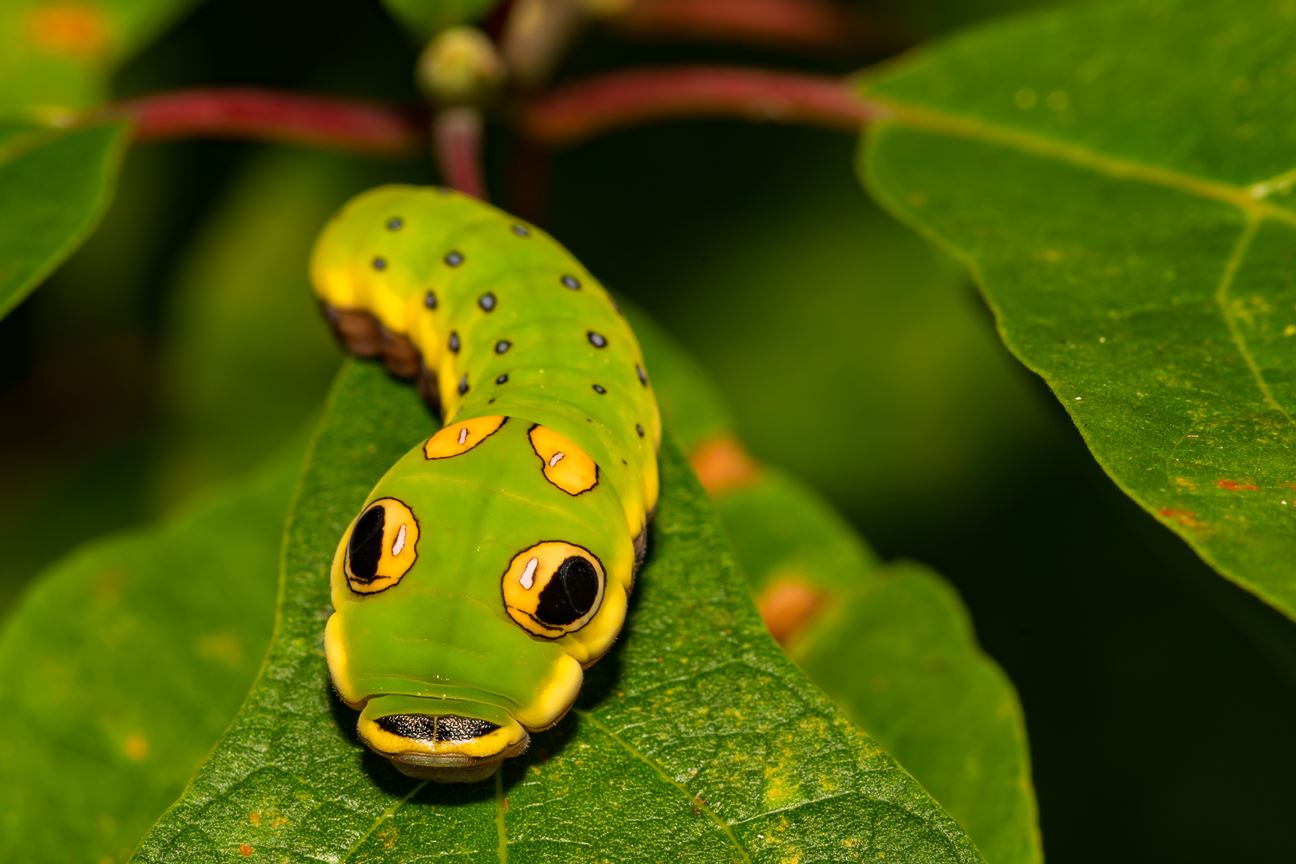
The spicebush snowtail caterpillar is a clever insect that, much like the eyed hawk moth caterpillar, uses eye spots to fool predators. It can change its colour from brown to green as it gets bigger, imitating the leaves of its food plant, the spicebush. It also grows two big eye spots on its chest resembling the eyes of a snake.
When threatened, the snowtail bends its body and sticks out its thorax, a forked organ with a foul odour, mimicking the behaviour of a snake ready to bite!
8. Mimic Octopus
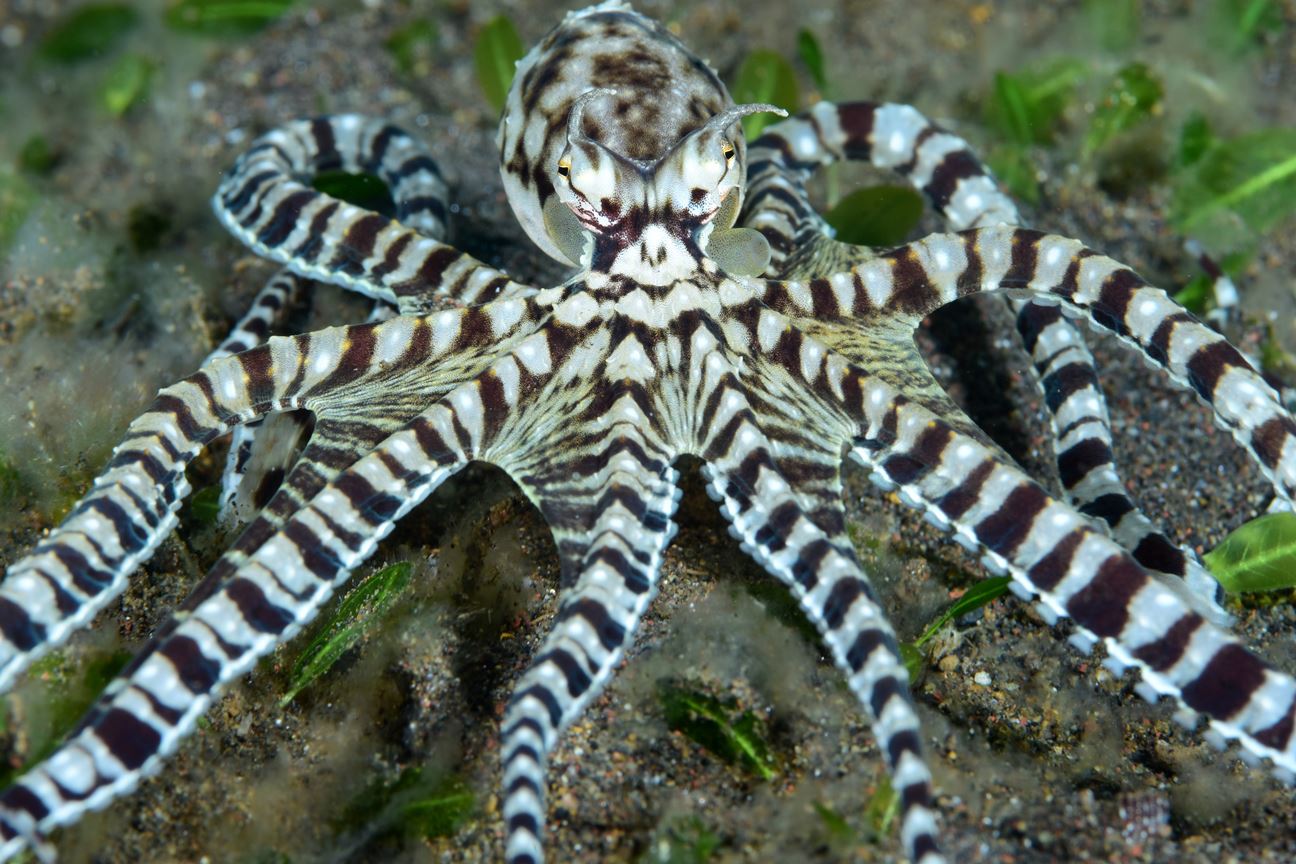
While all these animal mimics are simply fascinating, it's time to meet the ultimate trickster of the group: the Mimic Octopus, who is so renowned for this talent that it has been named after it!
This animal has many tricks up its sleeve. It can change both appearance and behaviour to act like a venomous animal to look like anything BUT a tasty meal to its predators, or a lure to attract prey depending on the need of the hour.
It can imitate a range of animals, from jellyfish to sting rays, and even a crab's mate. Some of its favourite acts, however, are sole fish, lionfish, and sea snakes!
These are just a few examples of mimicry in the animal kingdom! Whether it’s for protection or predation, mimicry reveals nature's ingenious strategies for survival and teaches us a wise lesson in the process: things aren’t always what they seem!